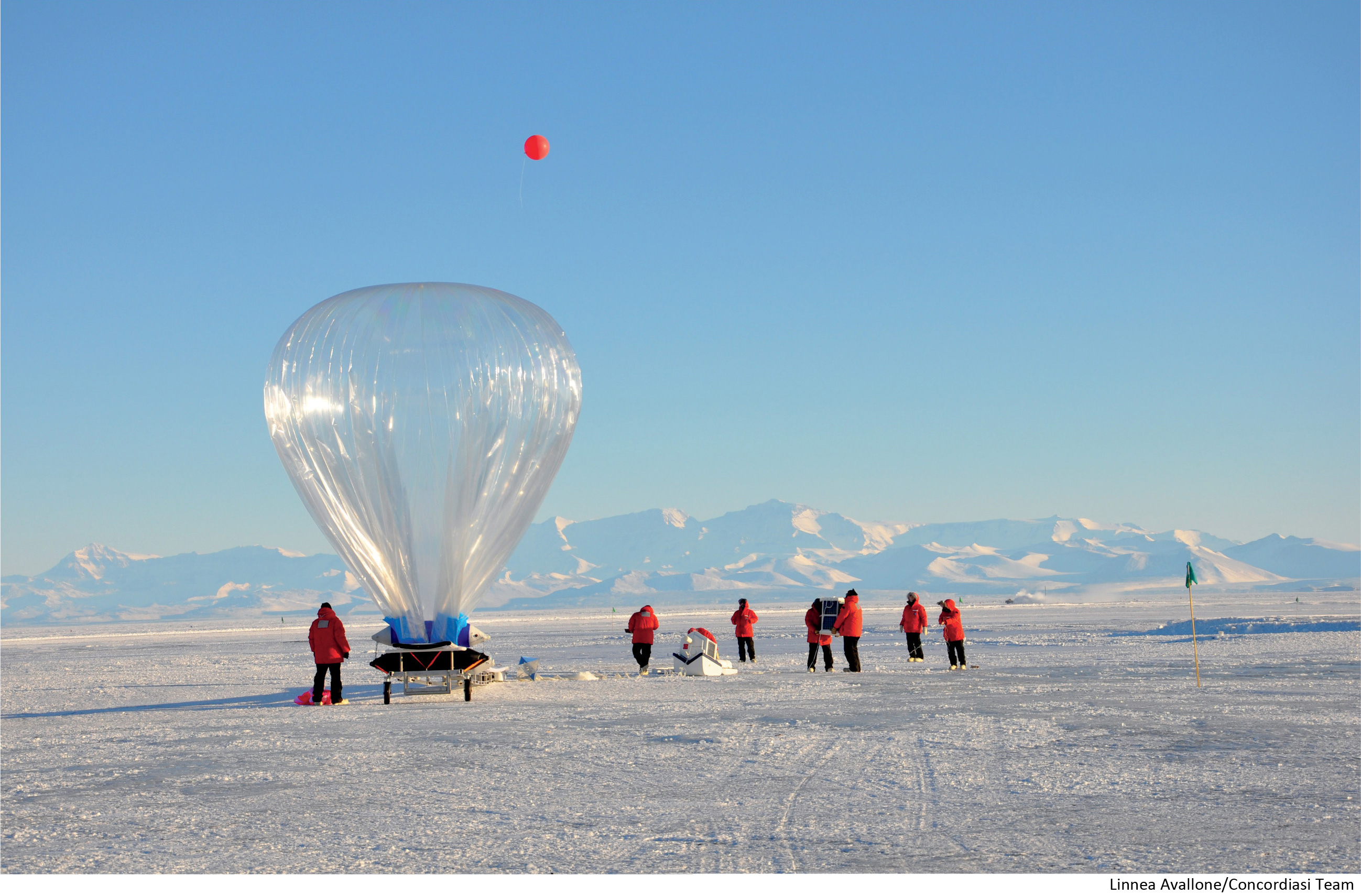Chapter Introduction
CHAPTER 2
SCIENCE LITERACY AND THE PROCESS OF SCIENCE
SCIENCE AND THE SKY
Solving the mystery of disappearing ozone

CORE MESSAGE
Depletion of the stratospheric ozone caused by synthetic chemicals allows more dangerous solar radiation to reach Earth’s surface, threatening the health and well-being of many plants and animals, including humans. Researchers employed the scientific process to collect physical evidence, analyze it, and report their findings to the scientific community. This helped us understand what was causing the depletion and guided wise policy decisions at the national and international levels to address this tragedy of the commons.
AFTER READING THIS CHAPTER, YOU SHOULD BE ABLE TO ANSWER THE FOLLOWING GUIDING QUESTIONS
There’s a point of no return halfway into the 9-hour flight from New Zealand to the Antarctic. Once that 4.5-hour mark passes, if something goes wrong with the plane, there’s nowhere to stop in the Southern Ocean for repairs.
Susan Solomon is very familiar with that trip’s all-important midway point. During her very first flight to the southernmost continent, the pilot told the passengers that their plane was not working properly: The front ski at the nose of their C-130 was frozen and couldn’t be lowered into position, so landing on the packed snow at the Antarctic research station would be impossible. They had to turn around.
It was August 1986—late winter in the Antarctic—and the atmospheric chemist was on her way to the southernmost continent to investigate a mystery: Why was the ozone layer above the South Pole disappearing? Suddenly, the remoteness of where she was going hit home.
“I remember, as we were flying back to New Zealand, thinking, ‘Wow, I really am going to the Antarctic,’” Solomon says.
The next night, Solomon and her team from various research institutions, including the National Oceanic and Atmospheric Administration (NOAA), managed to make it to Antarctica, landing at McMurdo Station. On this, her very first excursion to the Antarctic, Solomon and her colleagues collected the initial data that would eventually grab the world’s attention and settle a long-standing, hard-fought scientific debate that was taking place on an international stage.